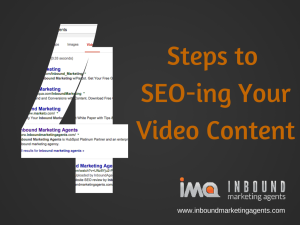
As we enter Q4, businesses are starting to review the impact a website has had on leads and revenue over the course of the year. It is also the perfect time to begin planning for 2016 and get in place some quick changes for a performance boost of SEO before the end of 2015.
1. Evaluate all business pages
Google Business listings are seen as the Holy Grail of business listings, but these will not rank well if your other business listings do not correspond.
Review all business listings for address structure and continuity and make amendments. Make a directory of all the listings for reference and review.
Include in this accreditation websites, union websites, industry magazines and the standard Yellow Pages type websites.
Not only will this boost a Google Business ranking, it will also allow for ‘piggy-backing’ on the success of large directories already ranking for key terms.
2. Implement schema tagging
Schema tagging follows on from listing locally. By tagging all contact details on a website a web owner creates the ability for a crawler to index particular information. In this case, use the organisation/company tag.
Further benefits of this are the showing of the address beneath a listing.
If applicable, schema tagging can also be used for reviews and pricing or product listings.
3. Weed out the exit pages
Compile a list of the top exit pages and ask why this is happening and how it can be improved.
Pair this with top performing pages and note any major differences in page length, structure and on page items. Include within this different device usage.
Make a simple checklist to amend each page on a weekly basis for improvement.
4. Make everything clickable
Phone numbers in images and logos which do not return to the homepage are a wasted set of pixels.
Everything on the page should serve a purpose, whether this is the text for crawlers or buttons for uses.
Being able to engage with the phone number has one obvious benefit – users can call direct from mobile.
5. Implement heading structure
Bolded headings work for users but not search engines. Replace strong tags with heading 3 tags to create a structure for a spider to follow.
On a mobile responsive website this also creates structure when the page changes. One which would be much clearer than perhaps just bolded text.
Digital & Social Articles on Business 2 Community(106)






